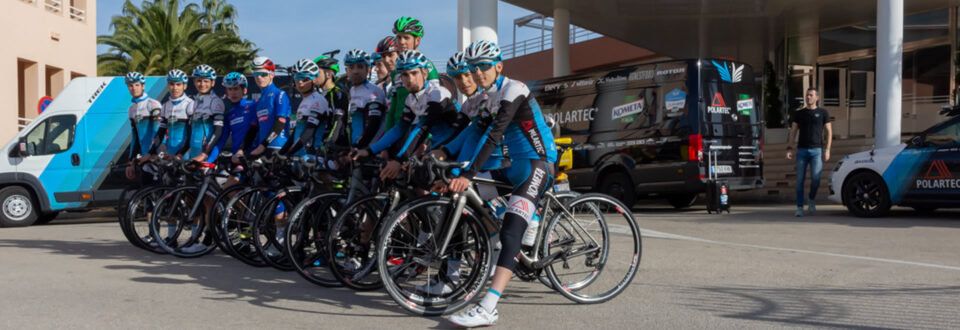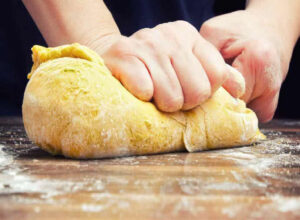The diamond is the ruling stone by nature. The mother of all precious gems. Brightness came into being. The hardest stone, as it can scratch other stones and it cannot be scratched by any. It doesn’t get burnt, as it’s been created in extremely hot temperatures. It is a product processed during millions of years in an infernal setting: over 160 kilometres in depth, under a pressure between 50.000 and 100.000 atmospheres (sea level is at 1 atmospheric pressure) and about 2.000 degrees of temperature. All this turns out to be one of the most beautiful elements on Earth, as Argimiro Aguilar explains. He is an expert in this subject matter, as he is considered a reference jeweller in Valencia.
Diamonds are valuable because of their rarity and obviously because of their unique features. Beyond the hardness of the stone, it is its sparkle what turns it into the stone par excellence. Made up after a never-ending crystallisation process of the liquid carbon, light is refracted because of its extraordinary atomic structure. “That’s why it is called brilliant, according to a crystallographic study. The light has an impact on all the crystallised particles of liquid carbon; it goes into to the stone slower, but it is refracted quicker”, Argimiro explains. “It is the top of the precious gemstones as none matches its beauty due to its total refraction. It sparkles as if you were seeing the sun between your fingers. Diffraction of light allows you to see every colour of the rainbow”, he adds.
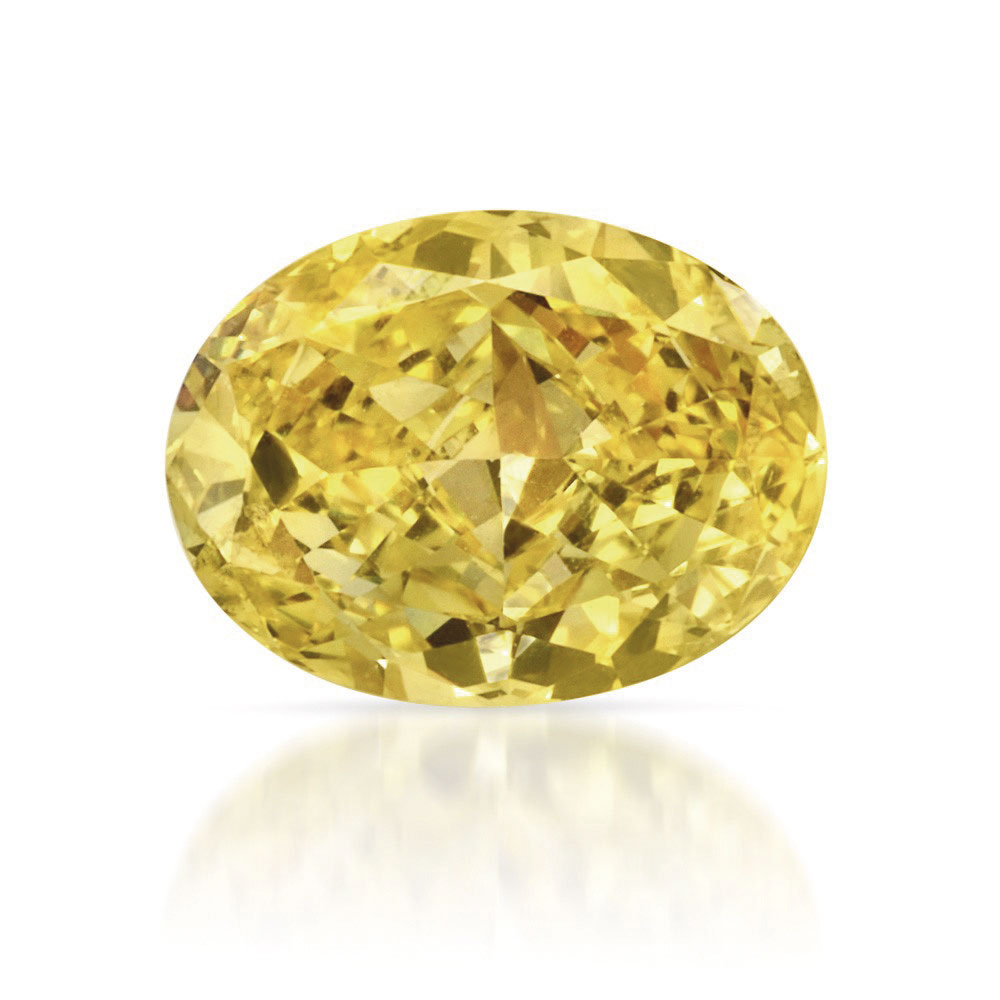
Which is the best diamond? The White diamond, colourless but with a fine bluish aspect. It is the one with a greater demand. The purest diamond. “Everything in nature, when tends to perfection, is purer. The perfect diamond is perfectly colourless, bluish white”, assures Argimiro. 90% of the top sellers is the white diamond. The remaining 10% is divided into black (7%), brown (2%) and fancy yellow, the most expensive diamond by far. There is a simple reason for this. It is produced in the core of the Earth, in extremely hot pressure and temperature conditions, and they crystallise as they go reaching the surface from the deepest layers. Yellow colour is provoked by the oxygen atoms getting into the liquid carbon.

There are four “Cs” for assessing the quality of any diamond: Carat Weight, Colour, Clarity and Cut. “Total refraction is only produced in the cuts graded as ‘good’ and ‘excellent’, depending on their shape”, adds Argimiro Aguilar while he shows two diamonds: one pure white and another intense fancy yellow.
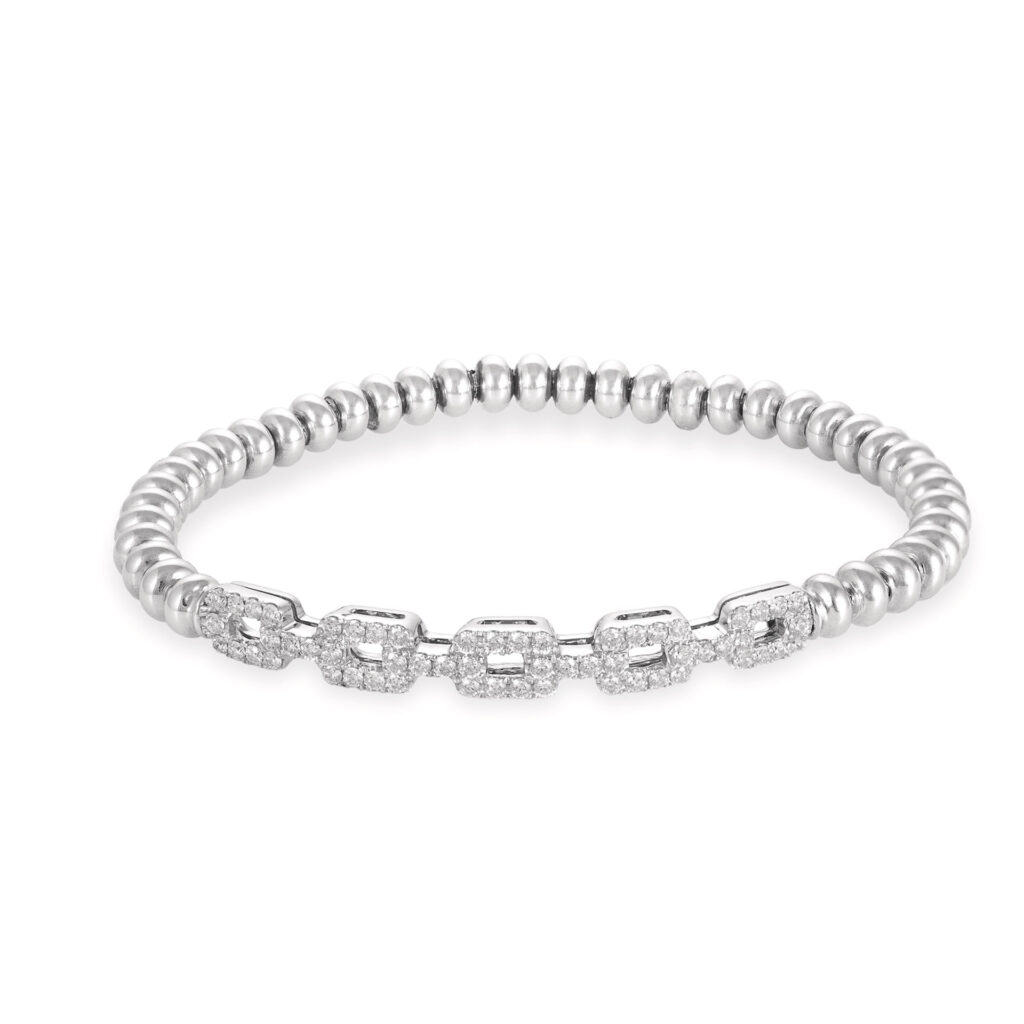
There is a fifth “C”: Certificate. Three of the most professional labs in the world (GIA, HRD and IGI) certificate the quality and verify the origin of the gemstones. They also must ensure you’re paying the right price for the actual quality of the diamond. “Each cog in the wheel demands a letter granting that any of the diamonds are mined under war conditions (the so-called ‘blood diamonds`) or child exploitation. It must be guaranteed that miners are paid for their production. It cannot be considered a luxury item if workers are denied basic human rights on the other side of the world. Diamonds are as ethic as gold”, Argimiro explains.
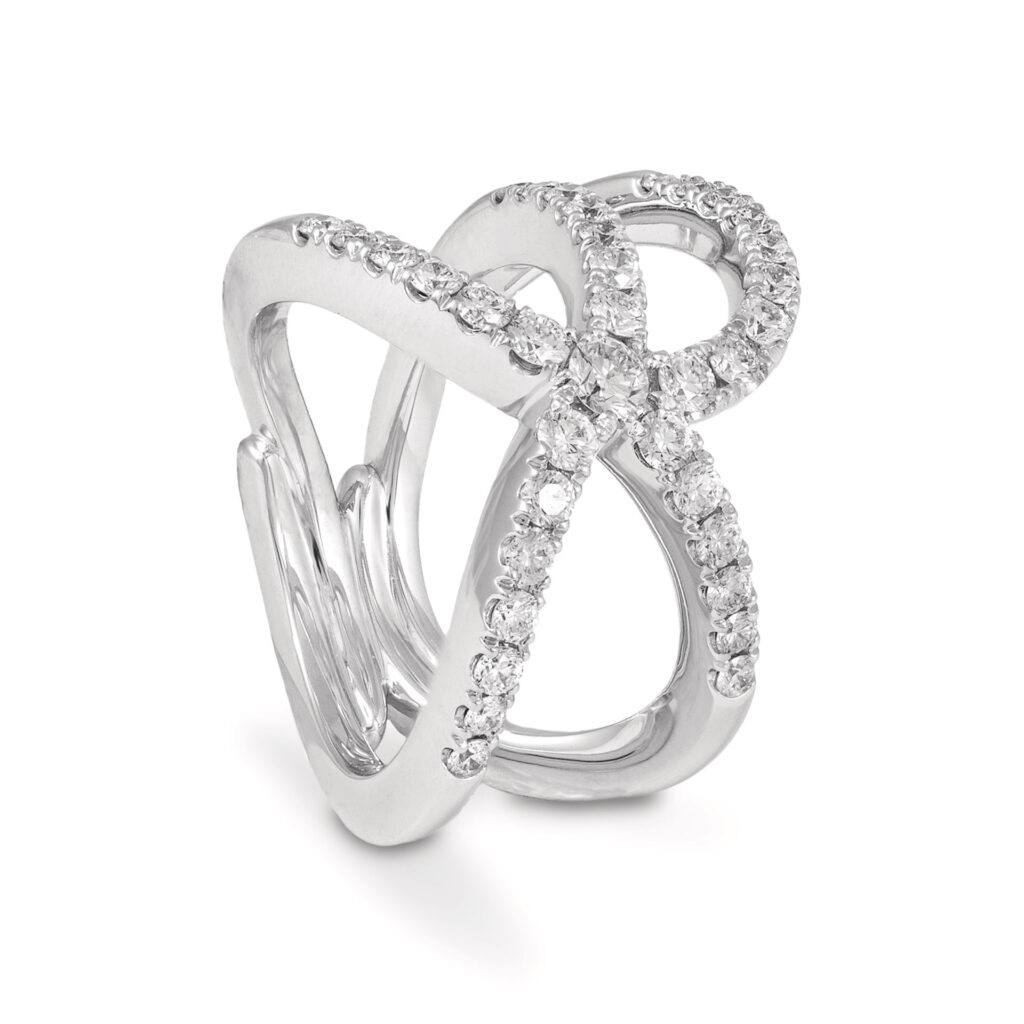
Countries such as South-Africa, Siberia (Vladimir Putin is one of the main stockholders of the diamond mines in that region) and Australia are the greatest diamond producers.
Facts and figures: 9.995 from every 10.000 engagement rings are diamond-set, the rest have other gemstones such as emerald, ruby or sapphire. It’s all said.


